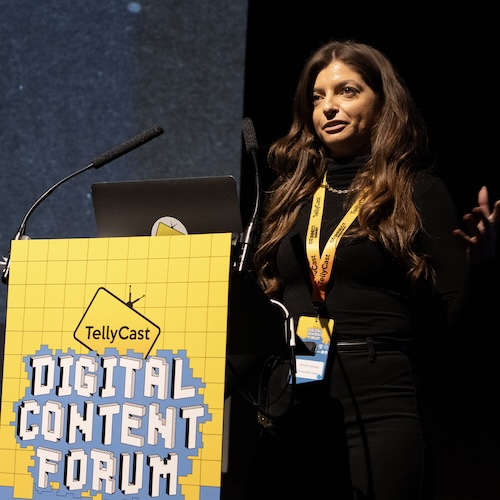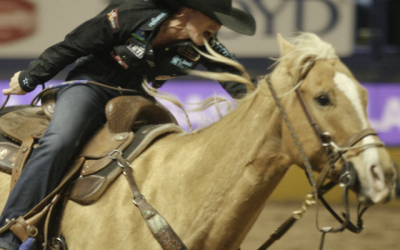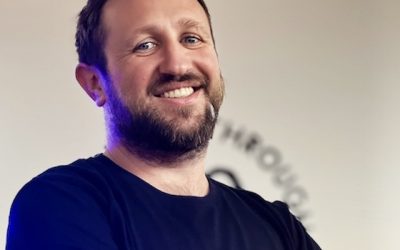“Take away everything in your head that you think you know about production!” said Bryony Hopkins, head of production, Strong Watch Studios, as she kicked off her Making the Budgets Bang masterclass at this week’s TellyCast Digital Content Forum in London.
The company makes content for broadcasters and brands alike, as well as creating originals for its own People Are Deep digital channel. In the case of brand Shark Ninja, this involves 200 deliverables a month across several brands in five languages.
“We have really pushed how to make this a sustainable production model,” said Hopkins. “If you’re leading with production you can deliver so much more for your client. I am on a one-woman mission to make production cool!”
“We have less money than ever before. We have less time than ever before,” she added. “But the expectations for what we’re making have not gone down… our budgets are smaller but the expectations are ever-rising.”
Add into this ever-growing fees for talent and new goals for sustainability and duty of care – both very important, but which bring some costs – and there’s a challenge to tackle.
“These are amazing TV values that we need to find a way to bring into digital with a lot less money,” was how Hopkins put it. So how? “The money chat is the creative chat,” she explained. “It is one and the same. We’re not in a place any more where the creative happens first and then we talk about how much money it costs. They both have to happen at the same time.”
In her session, Hopkins outlined her ‘BANG’ theory, with the acronym standing for Budget, Analyse, Necessity and Goal. Strong Watch applies this philosophy to every project that it works on, including its own originals.
Budget concerns what money is on the table, what the desired margin is, the creative ask, the timeline – “I love a world where we have three months to make something. More often it’s two or three weeks,” she said – and what the deliverables are.
The Analysis part of the process involves pulling apart the plans: who the production is for, how and where to shoot – including working to any requirements from broadcasters about regionality – how to employ the best staff in a lateral way, and then set design, talent and casting.
Next comes Necessity. “This is when we’ve sat down and have written the budget and are 50k over what we’ve got available,” grimaced Hopkins. It involves asking what is essential, and by extension what isn’t. What elements can be culled?
“That can be quite an upsetting process, but I hope my creators would agree that we com out with a better format in the end,” she said.
Finally, the Goal part of the process involves deciding exactly what a studio is trying to achieve. Is it margin, reputation, relationship building, or a particular creative goal? And then deciding how that goal will impact the execution.
“This is a four-step process that we go through while we are in the ideation phase, and it’s something we’ve found to be quite successful,” she said.
It’s about efficiency without sacrificing the quality of projects. One example, a show called Intersex on the People Are Deep channel, involved three shoot days filming interviews with four people each day. From that, the studio has created 36 pieces of long-form content, which can then be sliced up into 432 short-form clips.
“This is a model that we have now implemented across three shoot-bursts or batches, and we are now running the channel and have had amazing growth in the past four months. I can’t share the numbers, but the cost per asset is good!” said Hopkins.





